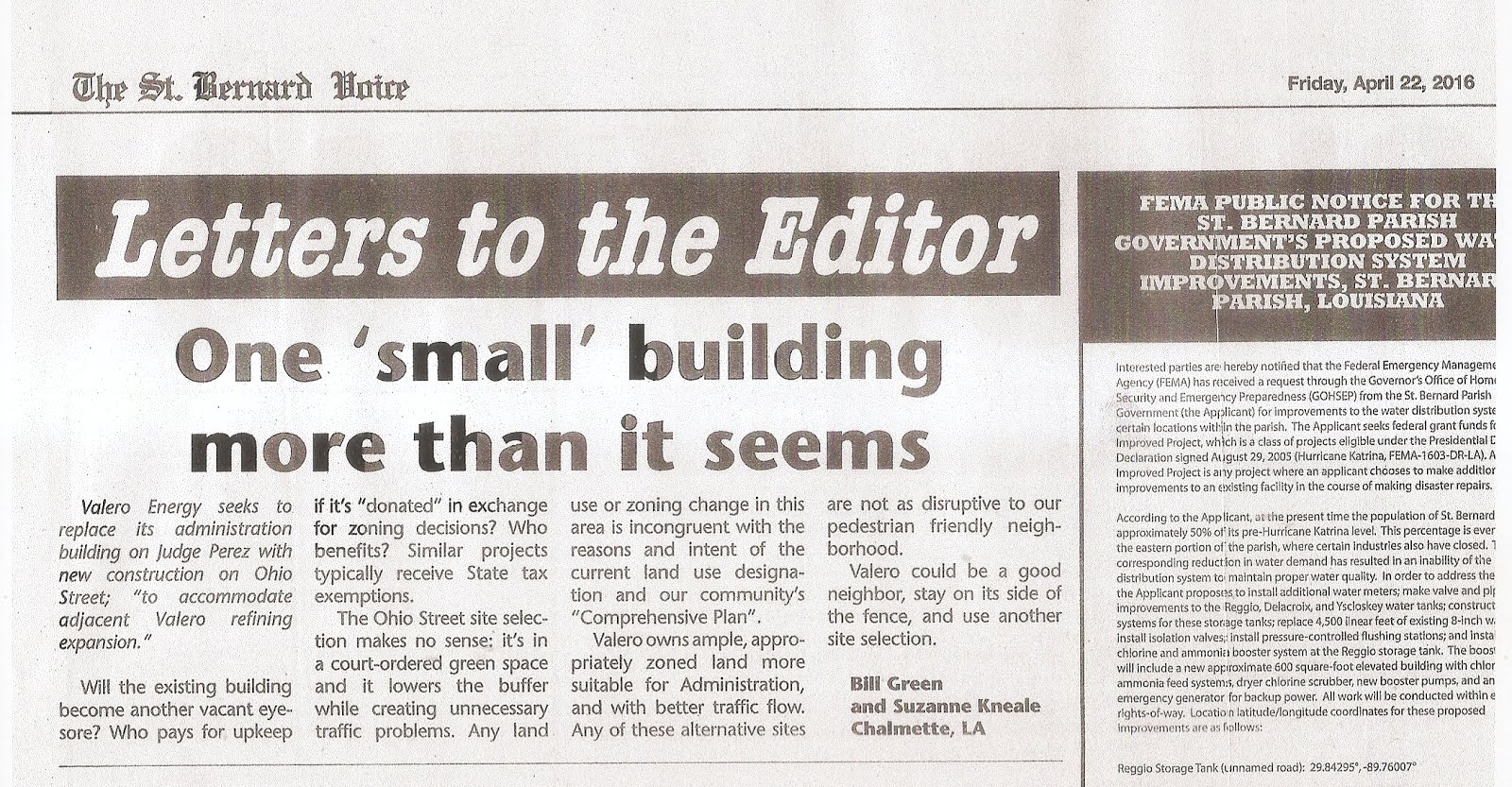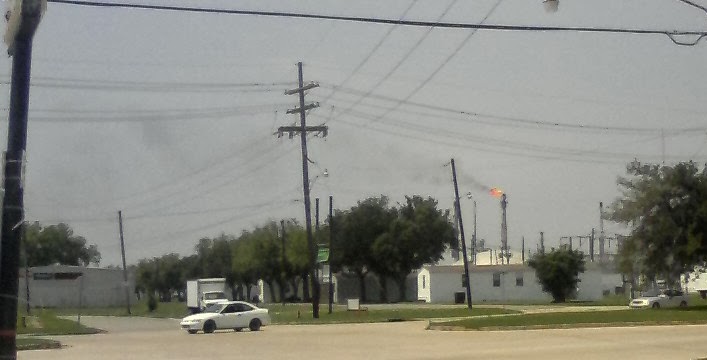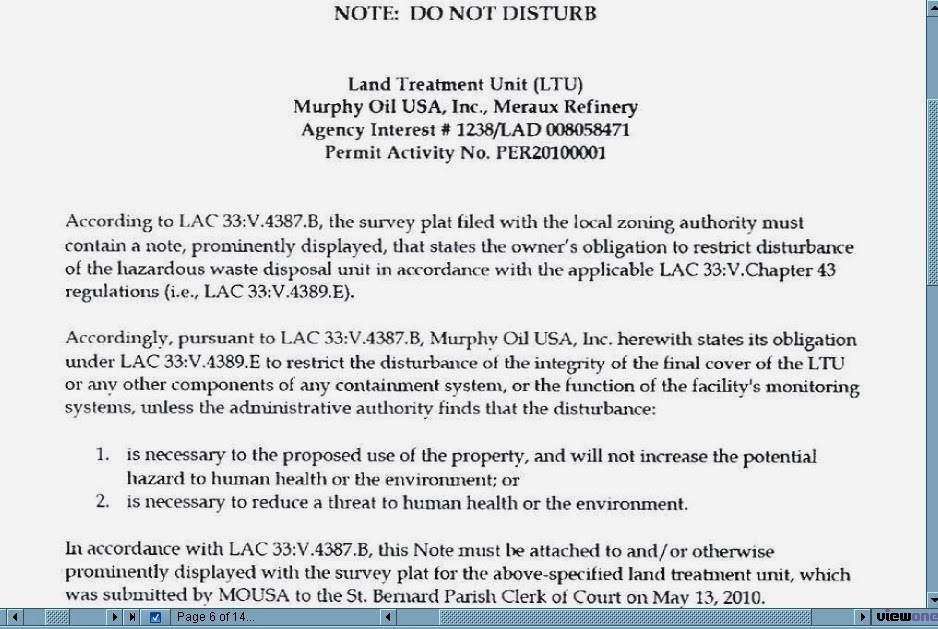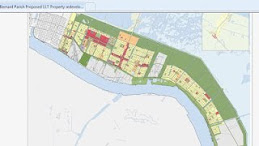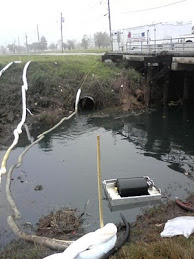Monday, November 30, 2009
SO2 standards to change
EPA Proposes Stronger Air Quality Standards for Sulfur Dioxide /New standard to protect millions of the nation’s most vulnerable citizens
Release date: 11/17/2009
"Short-term exposures to peak SO2 levels can have significant health effects – especially for children and the elderly – and leave our families and taxpayers saddled with high health care costs," said EPA Administrator Lisa P. Jackson. "We’re strengthening clean air standards, stepping up monitoring and reporting in communities most in need, and providing the American people with protections they rightly deserve."
EPA is taking comment on a proposal to establish a new national one-hour SO2 standard, between 50 and 100 parts per billion (ppb). This standard is designed to protect against short-term exposures ranging from five minutes to 24 hours. Because the revised standards would be more protective, EPA is proposing to revoke the current 24-hour and annual SO2 health standards.
http://yosemite.epa.gov/opa/admpress.nsf/0/F4DCB340A6D523608525767100770756
Read the LA DEQ 2009 Report - St Bernard Air Monitoring Project and view the ambient air monitoring site data in St Bernard Parish at DEQ's website: use the right hand 'onair' current AQI link and "site data" selection for Meraux, Chalmette High and Chalmette Vista.
http://www.deq.state.la.us/portal/
http://www.deq.state.la.us/portal/tabid/2831/Default.aspx
CCAM will host a DEQ presentation on air monitoring in St Bernard Parish in January 2010.
Release date: 11/17/2009
"Short-term exposures to peak SO2 levels can have significant health effects – especially for children and the elderly – and leave our families and taxpayers saddled with high health care costs," said EPA Administrator Lisa P. Jackson. "We’re strengthening clean air standards, stepping up monitoring and reporting in communities most in need, and providing the American people with protections they rightly deserve."
EPA is taking comment on a proposal to establish a new national one-hour SO2 standard, between 50 and 100 parts per billion (ppb). This standard is designed to protect against short-term exposures ranging from five minutes to 24 hours. Because the revised standards would be more protective, EPA is proposing to revoke the current 24-hour and annual SO2 health standards.
http://yosemite.epa.gov/opa/admpress.nsf/0/F4DCB340A6D523608525767100770756
Read the LA DEQ 2009 Report - St Bernard Air Monitoring Project and view the ambient air monitoring site data in St Bernard Parish at DEQ's website: use the right hand 'onair' current AQI link and "site data" selection for Meraux, Chalmette High and Chalmette Vista.
http://www.deq.state.la.us/portal/
http://www.deq.state.la.us/portal/tabid/2831/Default.aspx
CCAM will host a DEQ presentation on air monitoring in St Bernard Parish in January 2010.
Wednesday, November 11, 2009
Saturday, November 7, 2009
Wednesday, November 4, 2009
Center for American Progress report
Yesterday Clorox announced that it will convert all of its U.S. facilities (CA, GA, FL, IL, MD, TX) from ultra-hazardous chlorine gas to safer liquid bleach. Clorox CEO Donald Knauss said this conversion will, “strengthen our operations and add another layer of security.” For more information on their plans go to:http://investors.thecloroxcompany.com/releasedetail.cfm?ReleaseID=420583
This is a smart move by Clorox but there at least 284 additional examples chemical facilities that have converted since 1999 in 47 states. For a list of safer chemical facilities in your state and how many people are no longer at risk, see the Center for American Progress(CAP) report at:
http://www.americanprogress.org/issues/2006/04/b681085_ct2556757.html/chem_survey.pdf
This is a smart move by Clorox but there at least 284 additional examples chemical facilities that have converted since 1999 in 47 states. For a list of safer chemical facilities in your state and how many people are no longer at risk, see the Center for American Progress(CAP) report at:
http://www.americanprogress.org/issues/2006/04/b681085_ct2556757.html/chem_survey.pdf
gasoline release to river
an unknown amount of gasoline was released to the Mississippi River last week as reported to the United States Coast Guard. The incident was discovered on 27-OCT-09 at 11:55 local time. USCG report Oct 27 2009
DESCRIPTION OF INCIDENT CALLER STATED THERE IS A LEAK FROM A TRIM CONDENSER LOCATED ON THE FACILITY. MATERIAL IS BEING DISCHARGED INTO THE COOLING WATER RETURN POND WHICH LEADS TO A CANAL THAT LEADS TO THE MISSISSIPPI RIVER.
on the same day, residents reported a distinct fuel smell of gasoline, however the state agency's followup call reported there were no problems, no violations and no smells of any kind as indicated in the plant's operating logs which were reviewed in the hours long inspection of October 28 2009
DESCRIPTION OF INCIDENT CALLER STATED THERE IS A LEAK FROM A TRIM CONDENSER LOCATED ON THE FACILITY. MATERIAL IS BEING DISCHARGED INTO THE COOLING WATER RETURN POND WHICH LEADS TO A CANAL THAT LEADS TO THE MISSISSIPPI RIVER.
on the same day, residents reported a distinct fuel smell of gasoline, however the state agency's followup call reported there were no problems, no violations and no smells of any kind as indicated in the plant's operating logs which were reviewed in the hours long inspection of October 28 2009
Tuesday, November 3, 2009
C A R E for St Bernard
Pollution Reduction Plan Discussion in C A R E Forums
Permitting issues regarding emissions were a great concern to residents. Discussed in detail at the March 29th meeting with experts from different air quality and health fields, St. Bernard Parish residents may be exposed to more air pollutants than the average American citizen.
During recent years Exxon Mobil was charged by the Eastern District of Louisiana (Federal Judge Sarah Vance) to have violated the Clean Air Act 2,629 times. The Concerned Citizens Around Murphy group delivered "notice of violation" letters to the Meraux Petroleum Refinery, the LDEQ and the EPA noting "more than 130 dates, beginning Oct. 15, 2003, and ending Jan. 30, 2008, in which they allege the plant violated the Clean Air Act by releasing pollutants such as sulfur dioxide in excess of its permit limits" (Warren, July 3, 2008).
Citizens seemed to take legal actions due to a lack of clear communication from industry representatives and government regulators.
Permitting issues regarding emissions were a great concern to residents. Discussed in detail at the March 29th meeting with experts from different air quality and health fields, St. Bernard Parish residents may be exposed to more air pollutants than the average American citizen.
During recent years Exxon Mobil was charged by the Eastern District of Louisiana (Federal Judge Sarah Vance) to have violated the Clean Air Act 2,629 times. The Concerned Citizens Around Murphy group delivered "notice of violation" letters to the Meraux Petroleum Refinery, the LDEQ and the EPA noting "more than 130 dates, beginning Oct. 15, 2003, and ending Jan. 30, 2008, in which they allege the plant violated the Clean Air Act by releasing pollutants such as sulfur dioxide in excess of its permit limits" (Warren, July 3, 2008).
Citizens seemed to take legal actions due to a lack of clear communication from industry representatives and government regulators.
Subscribe to:
Posts (Atom)







